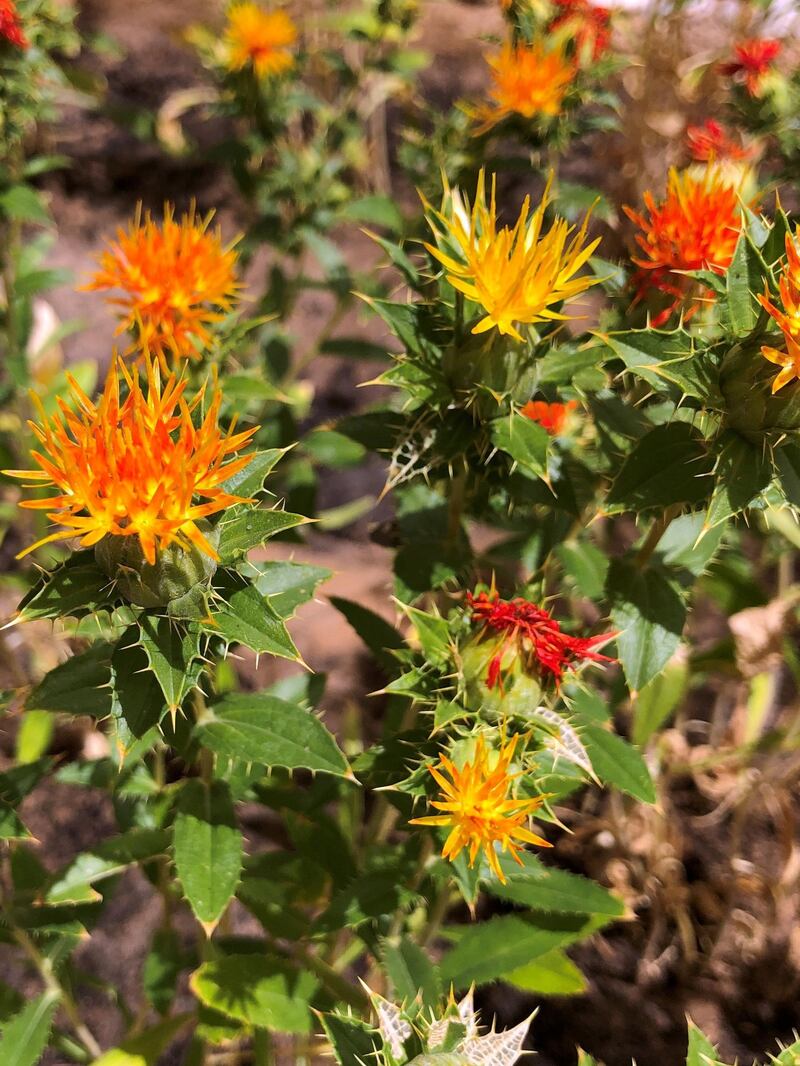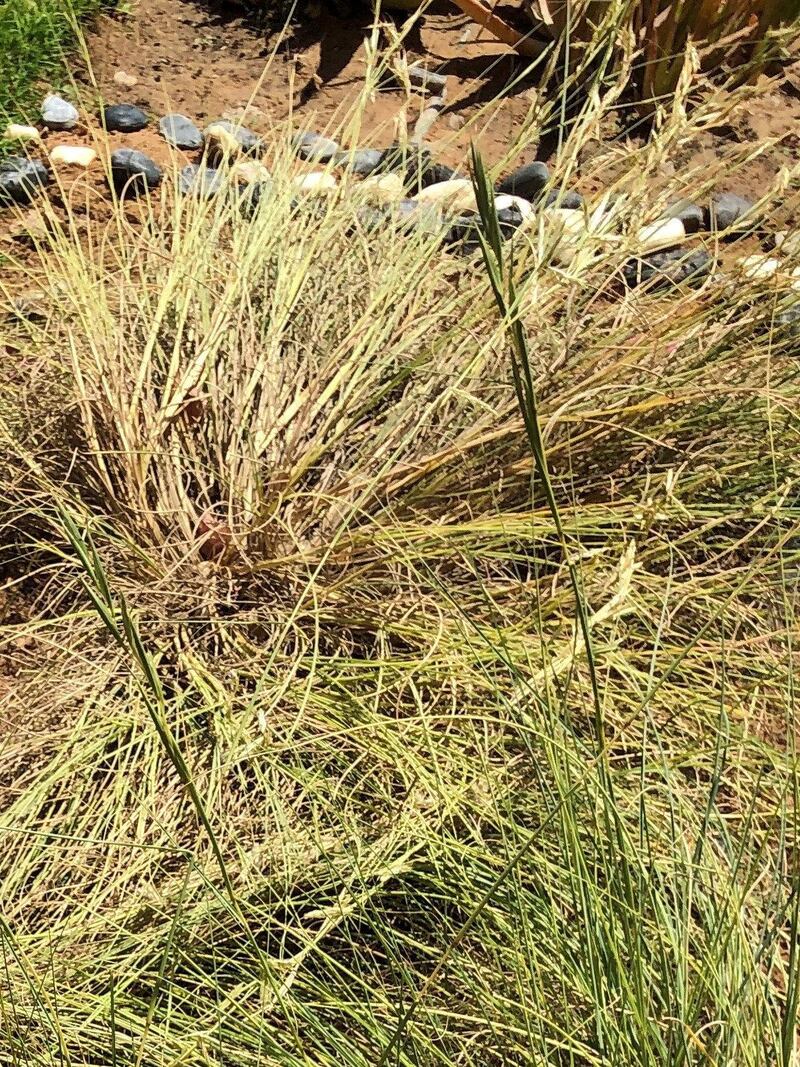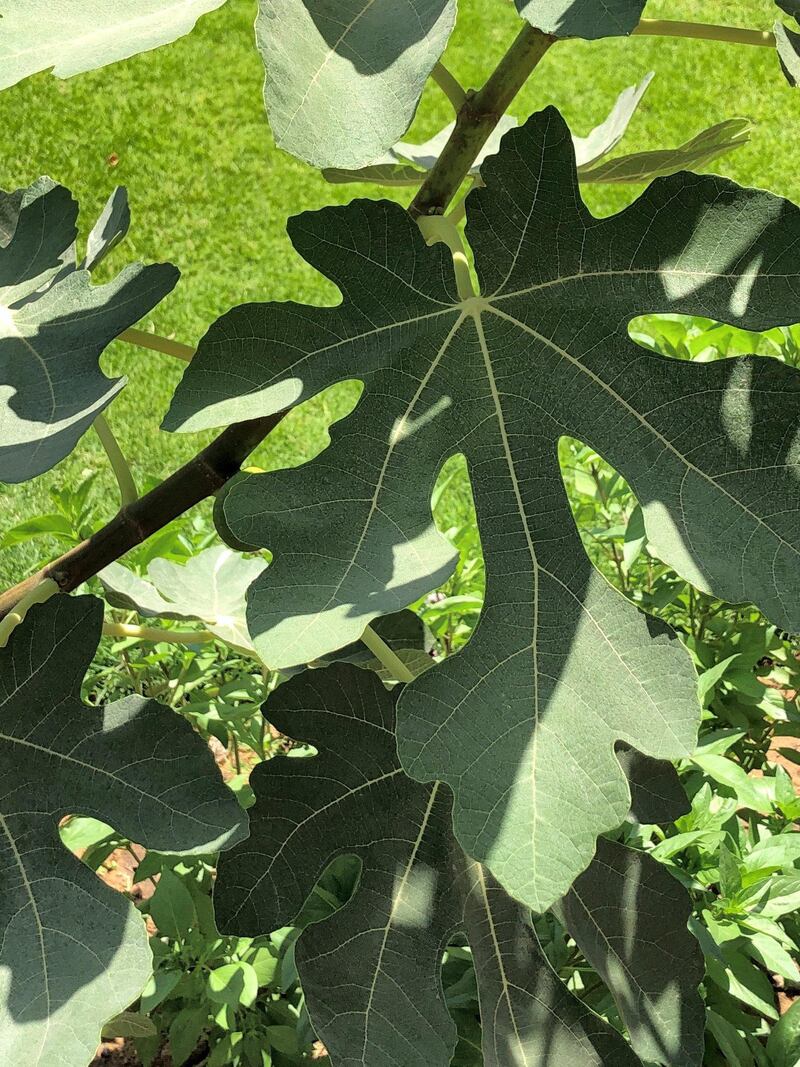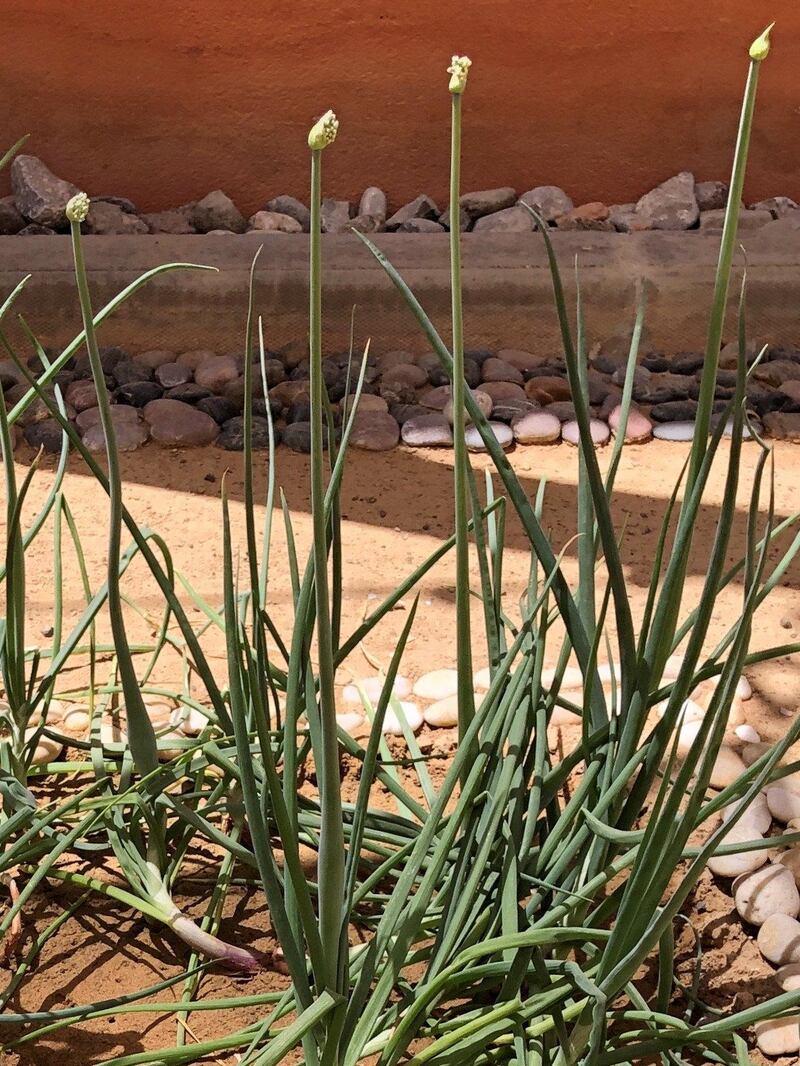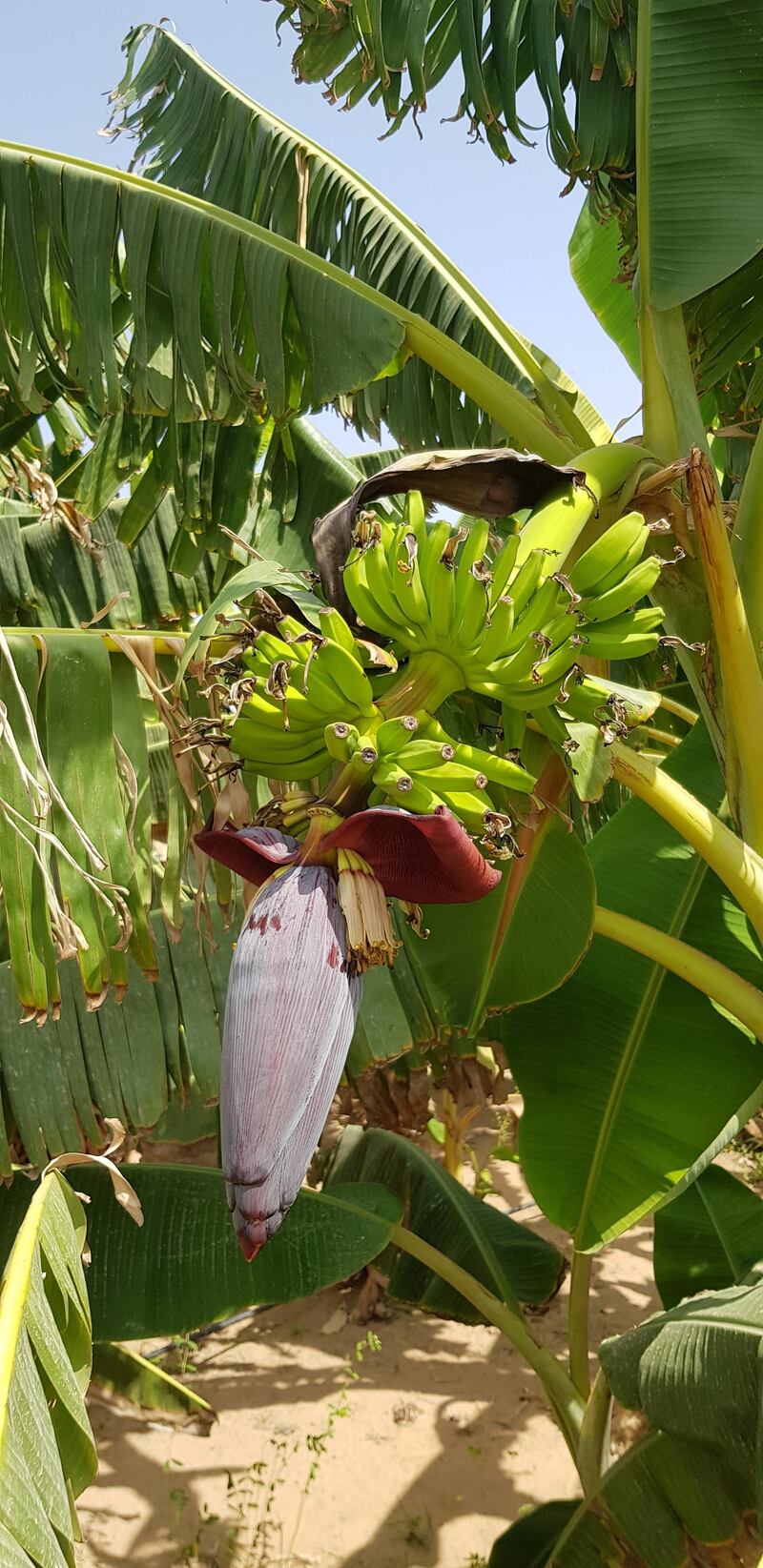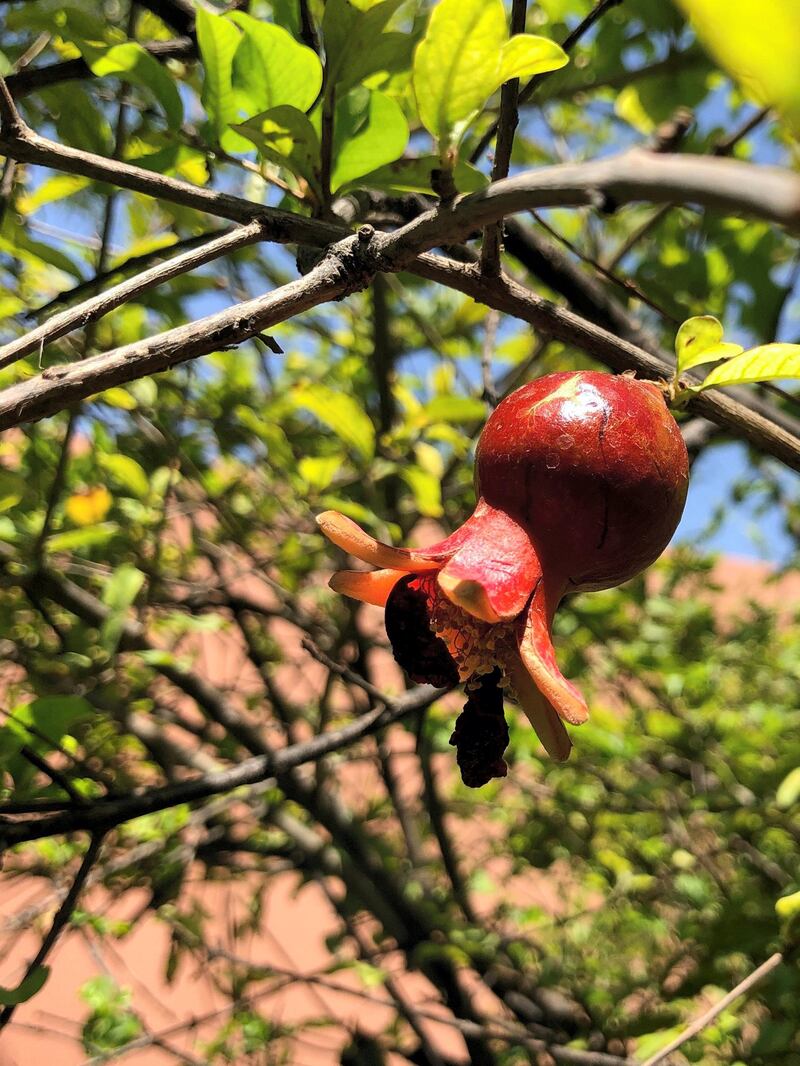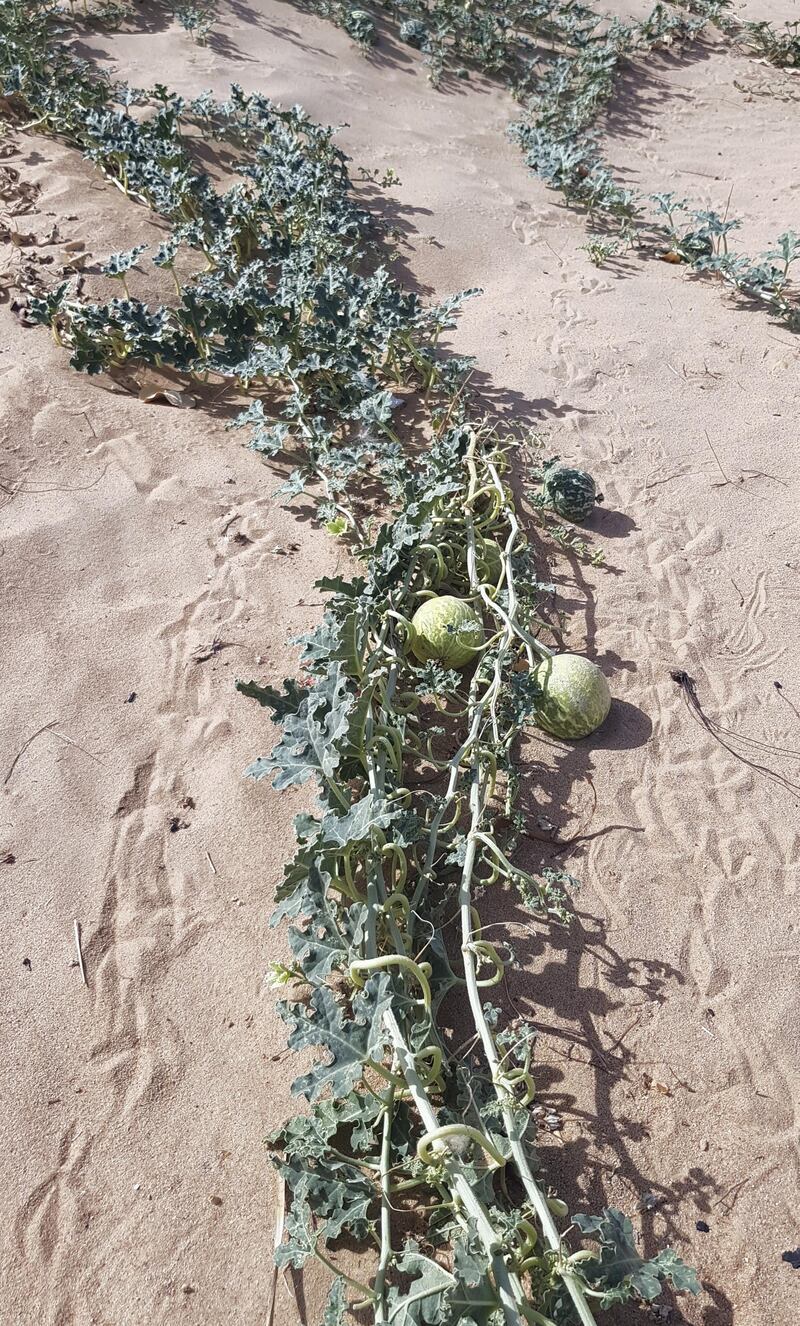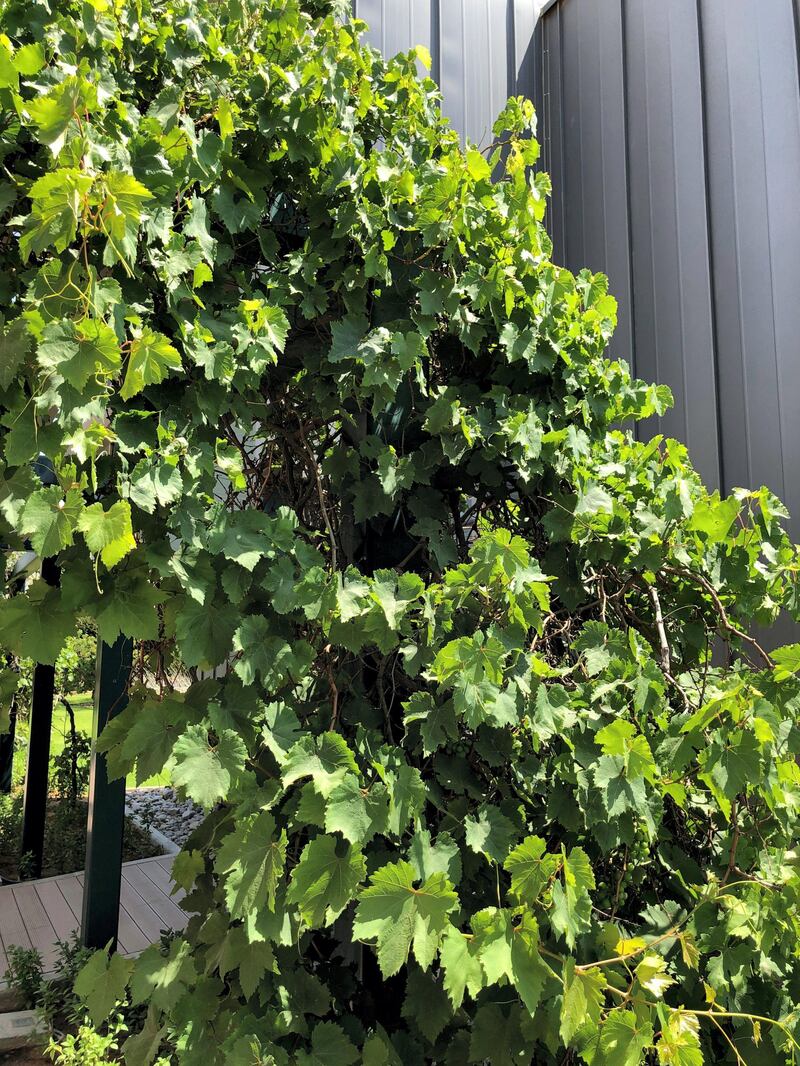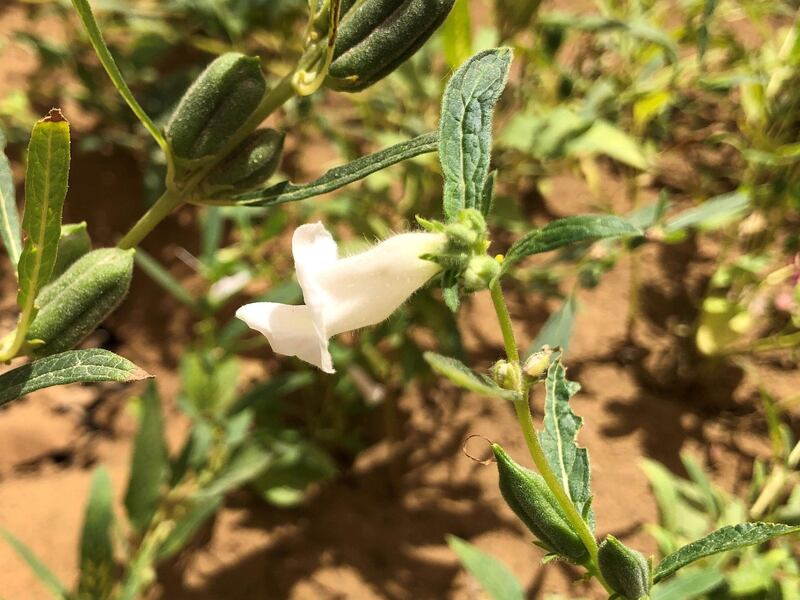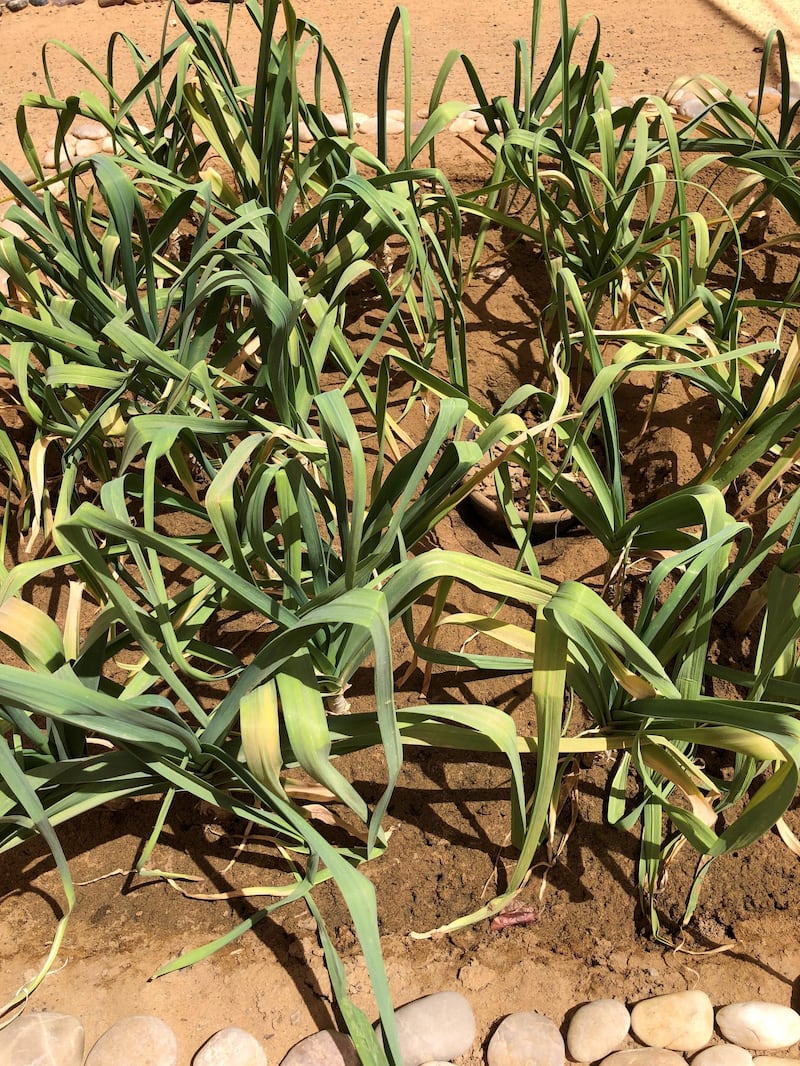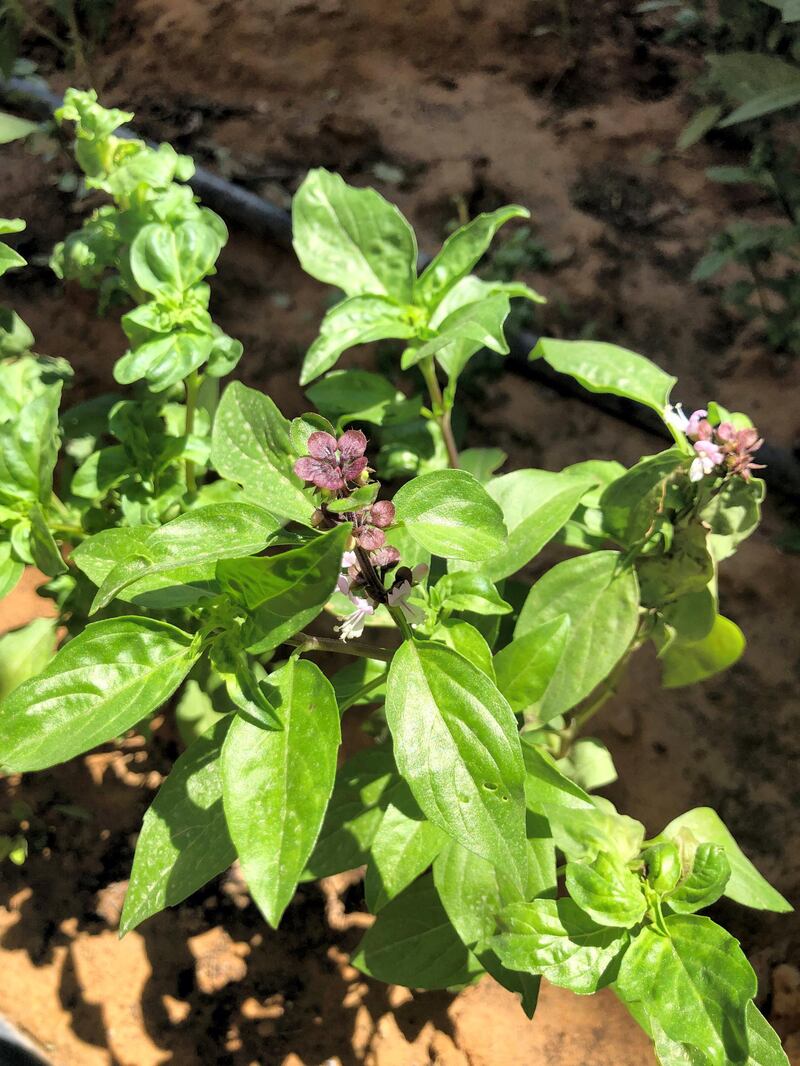The holy month is a time of spiritual reflection and prayer for Muslims around the world, and creates a special sense of connectedness – to family, community, culture and even nature. While the foundation of traditional Islamic garden design draws on the culture and conditions of a region, it is also inspired by the descriptions of Jannah (Paradise) found in the Quran and Hadith.
Numerous plants are mentioned in Islamic texts. Some are used allegorically to illustrate a point of teaching, while others are referenced for their practical uses in food, nutrition and medicine at the time of the Prophet Mohammed. There is an idea that in setting out to plant verdant and fragrant spaces, with trickling fountains and tree-shaded areas, that one might also create an environment for quiet thought and serene contemplation.
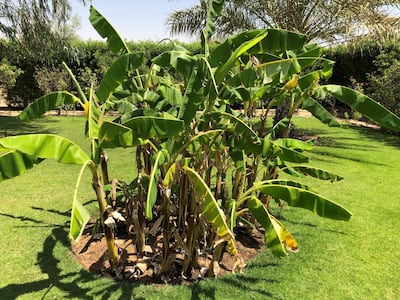
Consider these words from Surah Al An'aam about date palms, pomegranates, olives, grapes and grain: "It is He who sends down water from the sky, and with it we bring forth vegetation of all kinds, and out of it we bring forth green stalks, from which we bring forth thick clustered grain. And out of the date palm and its pollen come forth clusters of dates hanging low and near, and gardens of grapes, olives and pomegranates, each similar yet different. Look at their fruits when they begin to bear, and the ripeness thereof. Verily, in these things there are signs for a people who believe."
The Islamic Botanical Garden in Sharjah displays 52 plants that are mentioned in the Quran, Sunnah and Hadith. The garden, an initiative supported by the Ruler of Sharjah, Sheikh Dr Sultan bin Muhammad Al Qasimi, offers information on the context these plants take in scripture, teaching and culture. It also provides an opportunity to see which will tolerate the growing conditions of the UAE (some plants are grown indoors, as they would have been brought to the region by traders, primarily as food).
Keep scrolling down to learn more about these fascinating, healing plants.
The garden drew upon the academic work of Indian scientist Dr MIH Farooqi and his writing for Plants of the Quran and Medicinal Plants in the Traditions of Prophet Muhammad. These are widely regarded as the definitive work on the science of the plants mentioned in the holy scriptures. For example, a quote on beetroot from the Sunna of the Prophet (a collection of the Prophet Mohammed's recommended practices), translates as: "There was a woman owning a beet field and every Friday she used to strip out the beet, put it in a pot, and add a handful of grinder barley to it. On leaving after the Friday prayer, we would greet her, and she would serve us that food. We desired the Friday for that food." Another reads: "He who has eaten from the garlic plant shouldn't harm us in the mosque. So Ibraheem told, and my father added: 'Leek and onion.'"
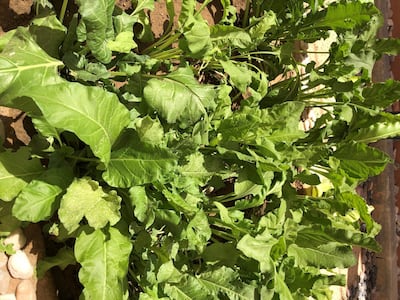
Farooqi’s texts have also been drawn upon for the creation of other Islamic gardens around the world. If you are making planting plans of your own, for when the weather starts to cool around October, perhaps you could imbue your garden, balcony or vegetable patch with new meaning by looking to a selection of species featured at the Islamic Botanical Garden.
Plants and their properties
Here are some Quranic plants you can consider, which are known for their medicinal and other uses. But, remember, the treatment of any ailment or nutritional deficiency should always be done in conjunction with professional medical advice.
Camphor tree (Dryobalanops camphora)
The leaves contain an oil that can be effective in treating rheumatic inflammation.
Acacia (Acacia oerfota)
The wood of this tree is widely used to manufacture furniture.
Fig (Ficus carica)
The tree produces a nutrient-rich fruit, which can be consumed as both food and medicine – it relieves acidity and cleanses the kidneys. Dry figs are said to heal wounds and sores; when the fruit is boiled with milk, it can be placed as a poultice on wounds.
Olive tree (Olea europaea)
Olive oil is thought to help break down kidney stones, and olives can potentially act as an appetite stimulant. They also have applications for diabetes and rheumatism.
Umbrella thorn (Acacia tortilis)
This is an important tree to shepherds and desert travellers, providing shade and fodder for sheep. It adds a pleasant taste and smell to the animal’s milk. Bees, meanwhile, enjoy the plant’s white samar flowers to produce unique-tasting black honey.
Date palm (Phoenix dactylifera)
Dates are historically regarded to be of high nutritional value and are a key source of food in the region. They revitalise the body and are a tonic for the digestive system.
Henna (Lawsonia inermis)
Henna leaves have had cosmetic applications for more than 1,000 years, and can be used to colour hair, and also create designs on hands and feet.
Pomegranate (Punica granatum)
The juice can relieve pain and is known to cool the body in summer months.
Banana (Musa paradisiaca)
It is said to strengthen muscles, activate thinking and stimulate memory, and is popularly known as philosopher’s food because of this.
Aloe (Aloe vera)
The juice of the waxy leaves can be used as a laxative, its bitterness stimulates the stomach and increases digestive capacity. It is also good to add to your skincare and haircare routine.
Camel's hay (Cymbopogon schoenanthus)
This can be used alone or mixed with other herbs to make a syrup to treat stomach diseases and fevers.
Beetroot (Beta vulgaris)
Beetroot is said to clear blocked veins, and spleen and kidney disorders, and was used to treat those who have anaemia.
Bitter gourd (Citrullus colocynthis)
Ground seeds can be mixed with water to clean the hair and enhance its colour.
Safflower (Carthamus tinctorius)
The plant yields a red dye, often used to colour cotton. It is also said to remedy vertigo.
Sesame (Sesamum indicum)
The oil softens the skin and can act as a laxative.
Leek (Allium porrum)
The juice of leeks, along with milk or whey, can be used as a face lotion to treat skin eruptions.
Garlic (Allium sativum)
A species in the onion genus, garlic is known to be effective against microbes and fungal infections, and it can contribute to the treatment of indigestion, colds, colic and also whooping cough.
Onion (Allium cepa)
Onions are said to be effective in preventing blood coagulation in arteries and in the treatment of diabetes.
Sweet Basil (Ocimum basilica)
This herb can help alleviate rheumatism and colds.
Grape (Vitis vinifera)
The grape vine purifies the blood and assists digestion. It may also help strengthen and activate memory.
Curved cucumber (Cucumis sativus)
Cucumber leaves can be used as bandages and its seeds are also a diuretic.
Wild ginger (Zingiber zerumbet)
Chewing ginger scents the mouth, and it can also help to remove phlegm.
Watermelon (Citrullus vulgaris)
The vitamin A-rich fruit is said to help strengthen eyesight, as well as protect from night blindness.
